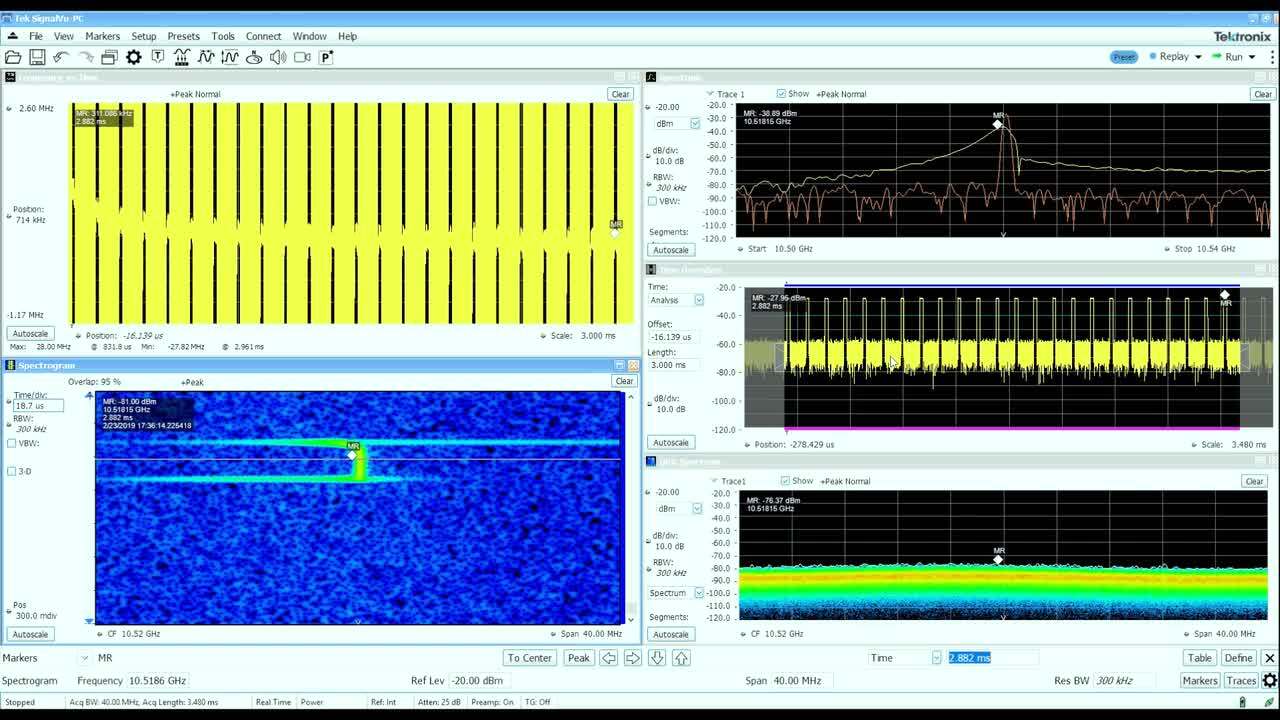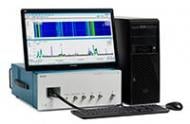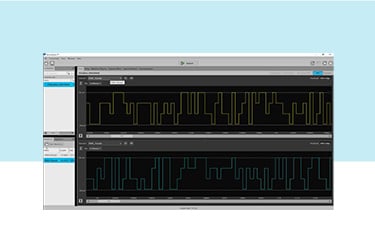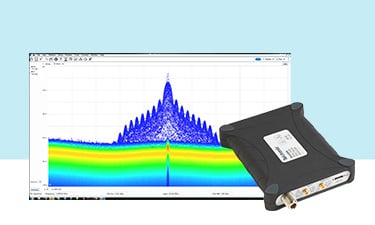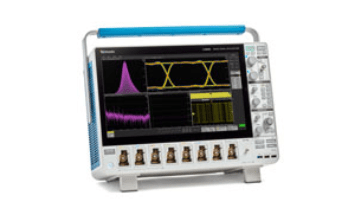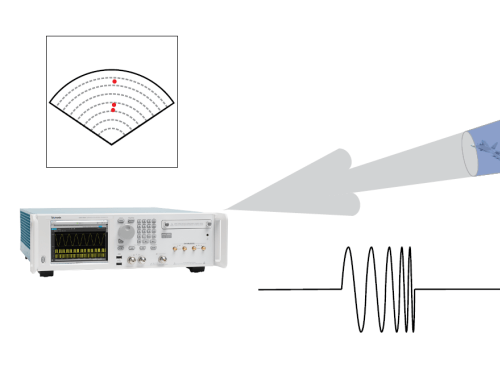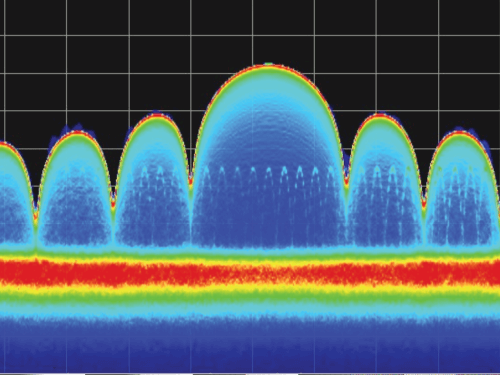Contact us
Call us at
Available 6:00 AM – 5:00 PM (PST) Business Days
Download
Download Manuals, Datasheets, Software and more:
Feedback

Solutions that Support the Entire System Development Lifecycle
Use powerful DSP technology that supports your system development lifecycle, from electronic warfare algorithm prototyping to simulation of ultrawide bandwidth RF environments.
Today, the dynamic congestion contained within the electromagnetic spectrum from other emitters, jammers, and interferers demands higher fidelity instruments to accurately simulate the environments represented in the field to ensure radar electronic protection systems are fully tested, so our military forces can detect realistic threats and stay out of harm’s way.
Engineers need technology and integrated measurement tools that accurately capture and recreate the physical and electromagnetic environment exposed during field operations. These tools are used in all stages of development, from rapid prototyping, to verification & validation, through mission readiness test.
Capture and Recreate RF Environments in New Ways
On the analysis side, Tektronix technology is used to capture, visualize and trigger on threats and electronic countermeasure responses. Discover the true RF signature of a signal of interest (SOI) in spectrum and analyze the physical characteristics of signals of interest even if they are hidden within or are under other signals. Record, stream and tag SOI in real time during the most challenging demonstration and validation events.
When it comes to simulation, radar design measurements call for exhaustive, realistic stimulus signals. Tektronix technology is capable of directly generating complex radar signals through the entire Ku band with breakthrough DAC conversion performance. Create conditional sequences that play back from memory for long or infinite scenarios.
Radar & Electronic Warfare Solutions
Electronic Warfare Algorithm Prototyping
The nature of electronic warfare requires engineers to constantly enhance their systems, which often puts a lot of pressure in demonstrating the functionality of new algorithms.
In the past, one effective way to reduce the timeline and budget of producing a prototype was to use commercial off the shelf (COTS) spectrum analysis equipment with the ability to stream I/Q data, combined with custom hardware that would process the digital signals and generate the appropriate response.
Tektronix’ RSA7100 Series avoids the use of custom hardware by combining the digitization and customization tasks. And for parallel testing, our Series 5 and 6 MSO oscilloscopes and SignalVu-PC software provide multichannel capabilities.

RF Record & Playback
The ability to capture signal activity continuously over long periods, digitize and store it, and play it back greatly benefits spectrum management, RF interference analysis, signal acquisition, product testing and validation, RF system design, communication security, and academic research. The high performance RSA7100B from Tektronix outperforms spectrum analyzers with far more limited storage and analysis capabilities. Unlike others that can only be employed as the "front end" of recording because of the limited internal storage (SSD size dependent), the RSA7100B can continuously record and store signal-capture data for hours or days, enabling data capture and analysis to be performed with the same hardware.
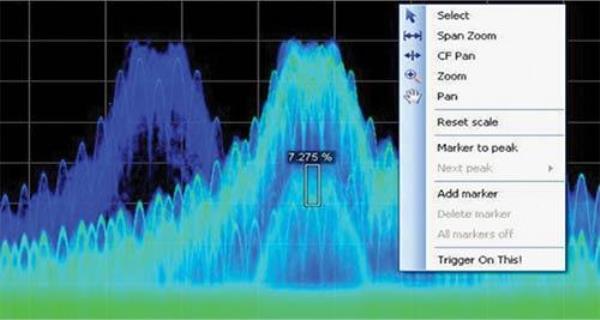
RF Troubleshooting
Debugging RF systems today requires an understanding of the complex interplay between RF, digital, and time domain signals. RF noise from power and digital lines make troublesome sources without the tools to track them down and correlate behavior across various systems. Tektronix offers complete, single instrument solutions that allow you to fully understand the signals you’re creating, need to work with, or need to work around.
When compliance is required, pre-compliance testing for violations can save project timelines and budgets by allowing you to catch and fix issues without regulator testing. Together, Tektronix hardware and software allow automated testing with built-in standards, and even the ability to define your own, custom requirements with configurable frequency ranges and limit line tables.
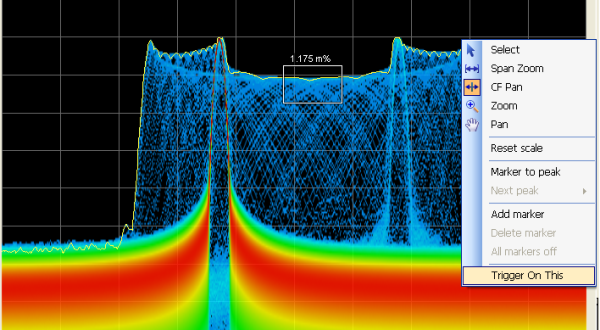
Electronic Warfare Resources
Electronic Warfare FAQs
What is electronic warfare?
What are the most common approaches for ew testing?
The most common approaches for Electronic Warfare (EW) testing are:
- Field Testing: This involves conducting testing in real-world conditions with actual equipment and operators. The objective is to evaluate how the system performs in the environment where it will be used.
- Laboratory Testing: This involves testing the equipment in a controlled environment, such as a laboratory, to evaluate its performance under ideal conditions. Laboratory testing allows for precise measurements and repeatable results.
- Modeling and Simulation: This approach involves creating a computer model of the system and simulating its operation in various scenarios. Modeling and simulation can be used to test the system's performance in situations that may be difficult or dangerous to replicate in the real world.
- Hardware-in-the-Loop (HIL) Testing: This approach involves connecting the system to a simulation environment that mimics the actual hardware and environment. HIL testing can be used to evaluate how the system interacts with other equipment and to test how it responds to different scenarios.
- Live-Fly Testing: This involves testing the system in flight, often in conjunction with other aircraft and systems. Live-fly testing allows for evaluation of the system's performance in real-world conditions.
Each approach has its own advantages and limitations, and the choice of approach will depend on the specific needs and objectives of the testing program.
What are the biggest challenges in ew system testing?
There are several challenges in Electronic Warfare (EW) system testing that can make it difficult to accurately evaluate the performance of EW systems. Some of the biggest challenges include:
- Complex operating environment: EW systems must operate in complex and rapidly changing electromagnetic environments, making it difficult to predict how they will perform in real-world conditions.
- Limited access to testing environments: EW testing requires access to specialized testing environments, such as anechoic chambers, which can be expensive and difficult to schedule.
- Difficulty in replicating real-world scenarios: It can be challenging to replicate real-world scenarios in testing environments, which can limit the ability to evaluate the system's performance in complex situations.
- Rapidly evolving threats: EW systems must be able to adapt to new and evolving threats, which can be difficult to simulate in testing environments.
- Limited availability of specialized personnel: EW testing requires personnel with specialized skills and expertise, and there may be a limited number of individuals available with this expertise.
- Risk of interference: EW testing involves transmitting electromagnetic signals, which can interfere with other systems and equipment, making it difficult to ensure the safety of personnel and equipment.
Overcoming these challenges requires careful planning, the use of advanced testing methodologies, and collaboration between different stakeholders involved in the testing process.
How are test requirements evolving for next-generation ew systems?
Test requirements for next-generation Electronic Warfare (EW) systems are evolving to meet the changing needs of modern warfare. Some of the key ways in which test requirements are evolving include:
- Increased focus on open architecture: Next-generation EW systems are often designed using open architecture, which allows for greater flexibility and interoperability with other systems. Test requirements for these systems must take into account the need to test interoperability and the ability to integrate with other systems.
- Integration with other systems: Next-generation EW systems are often part of a larger network of systems, including communication, surveillance, and weapons systems. Test requirements must take into account the need to test how these systems interact with each other.
- Emphasis on software testing: Next-generation EW systems rely heavily on software, and the complexity of this software is increasing rapidly. Test requirements must take into account the need to thoroughly test this software to ensure that it is reliable and meets performance requirements.
- More realistic testing environments: Test requirements must take into account the need to create more realistic testing environments, including simulated threats and scenarios that closely mimic real-world conditions.
- Greater use of modeling and simulation: As the complexity of EW systems increases, modeling and simulation are becoming more important for testing. Test requirements must take into account the need to develop accurate models and simulations that can be used to evaluate system performance.
- Testing for cyber threats: Next-generation EW systems are increasingly vulnerable to cyber threats, and test requirements must take into account the need to evaluate how the system performs in the face of these threats.
Overall, test requirements for next-generation EW systems are becoming more complex, with a greater emphasis on software testing, interoperability, and realistic testing environments. The goal is to ensure that these systems are reliable, effective, and able to meet the challenges of modern warfare.
How do test requirements vary for different types of ew systems?
Some of the key factors that can affect test requirements include:
- System Type: Different types of EW systems, such as electronic attack, electronic support, and electronic protection systems, have different objectives and capabilities. Test requirements will depend on the specific type of system and the intended use.
- Operating Environment: EW systems must operate in complex electromagnetic environments, and test requirements will depend on the specific operating environment. For example, testing requirements for airborne EW systems will be different from ground-based systems.
- Frequency Range: EW systems operate across a wide range of frequencies, and test requirements will depend on the specific frequency range of the system. Testing at higher frequencies, such as millimeter-wave frequencies, can require specialized equipment and testing environments.
- Interoperability: Many EW systems must be interoperable with other systems, such as communication and surveillance systems. Test requirements will depend on the specific systems that the EW system must be interoperable with.
- Level of Automation: EW systems are becoming increasingly automated, and test requirements must take into account the level of automation of the system. This can include testing the software that controls the system, as well as testing the performance of the system in automated modes.
- Threat Environment: EW systems are designed to operate in a variety of threat environments, and test requirements will depend on the specific threats that the system must be able to counter. Testing may include simulated threats and scenarios that closely mimic real-world conditions.
How can I use COTS test equipment for next-generation ew system testing?
Here are some ways that COTS test equipment can be used for EW system testing:
- Frequency Range: Many COTS test equipment can operate across a wide range of frequencies, including those used by next-generation EW systems. This can make it possible to use COTS test equipment to test the performance of the system across a broad range of frequencies.
- Modularity: COTS test equipment often includes modular components that can be configured to meet specific testing requirements. This modularity can make it possible to customize test setups to meet the needs of next-generation EW systems.
- Interoperability: COTS test equipment can often be integrated with other systems and equipment, making it possible to test the interoperability of next-generation EW systems with other systems.
- Signal Generation and Analysis: COTS test equipment can be used to generate and analyze signals, including those used by next-generation EW systems. This can make it possible to evaluate the performance of the system in different scenarios and against different threats.
- Automation: Many COTS test equipment include software that can be used to automate testing procedures, making it possible to streamline testing and increase efficiency.
It is important to note that COTS test equipment may not be able to meet all of the testing requirements for next-generation EW systems. In some cases, specialized equipment may be necessary to fully evaluate the performance of the system. However, COTS test equipment can be a valuable tool for EW system testing, and can help to reduce costs and increase efficiency. When using COTS test equipment, it is important to carefully evaluate the capabilities of the equipment and ensure that it is appropriate for the specific testing requirements of the next-generation EW system.



